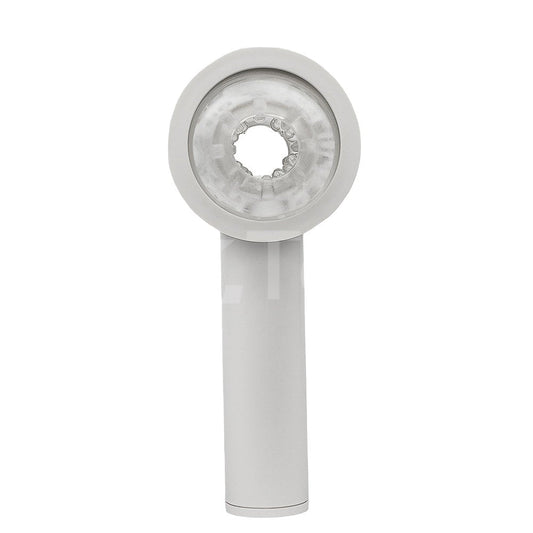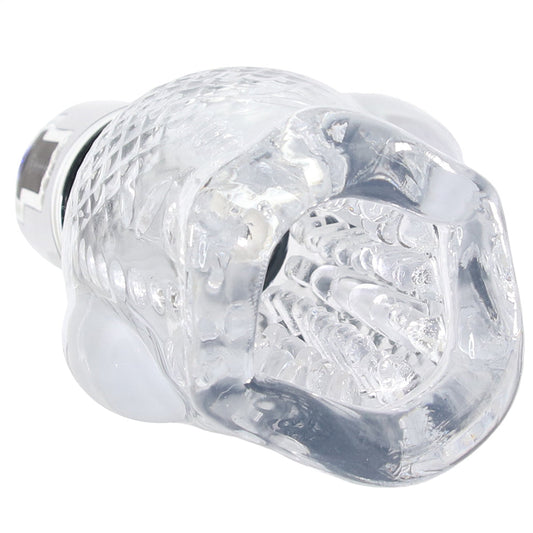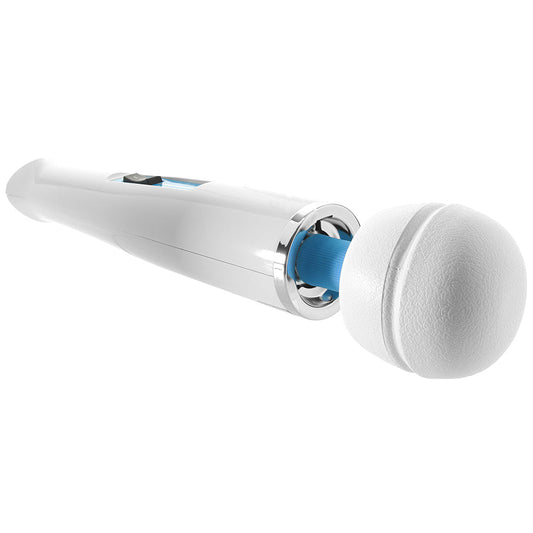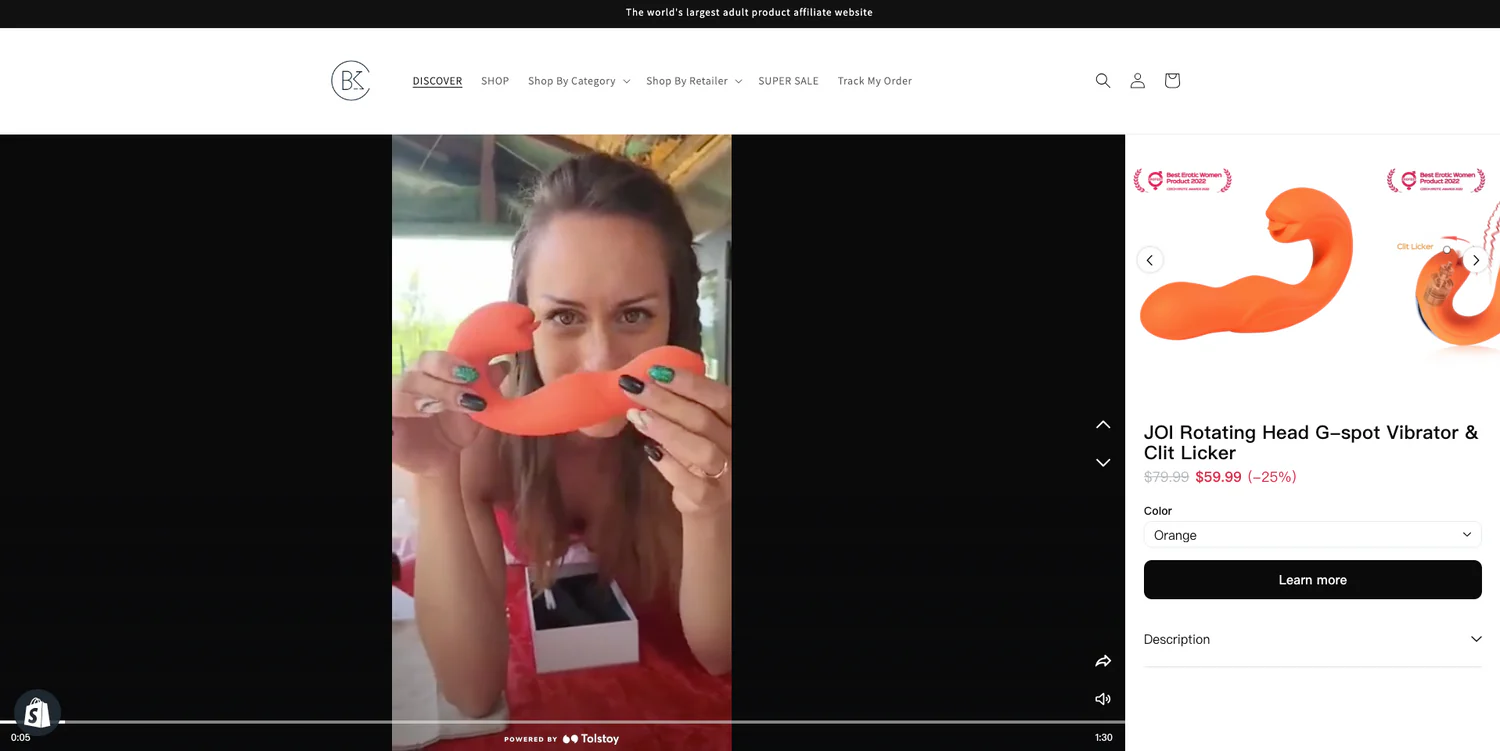How popular is heterosexual anal sex? No one can really gauge for sure, but there are some facts that we do know. Anal sex has long been considered taboo—and often still is—so people may not be honest when surveyed. But since the early 1980s when receptive anal intercourse was identified as a key route of HIV transmission, research into anal sex, including heterosexual anal, has increased substantially. All credible evidence suggests that hetero-anal has become increasingly popular.
Note: Anal play includes penis-anus intercourse, anal sphincter massage, fingering, oral-anal contact (analingus), and anal insertion of toys and other objects. Here, “anal intercourse” means penis insertion, while “anal sex” or “play” means any form of anal eroticism.
Ancient Greek pottery (c. 500 B.C.) shows men engaged in homosexual anal intercourse. But the oldest known depictions of heterosexual anal appear 800 years later on Peruvian pottery (c. 300 A.D.). In Peru 1,700 years ago, hetero-anal intercourse was by no means rare. On surviving pottery depicting erotic art, one-third of it shows hetero-anal intercourse. Chinese and Japanese woodblock prints (16th to 19th centuries) depict heterosexual anal intercourse fairly frequently. And ever since the invention of photography (1840) and motion pictures (1890), pornography has shown hetero-anal play.
Clearly, hetero-anal sex has been part of human sexuality for centuries, but in the US, it was rarely mentioned until AIDS appeared some 30 years ago. Today, discussions of hetero anal sex are less likely to focus on HIV risk, and more likely to focus on anal play adding spice to lovemaking. These days, many call anal eroticism “the new sexual frontier.” Some young people committed to virginity until marriage may engage in anal play because they don’t consider it “sex.” In one study (1999), 19 percent of college students agreed with the statement: “Anal intercourse is not ‘sex.’”
The University of Chicago’s “Sex in American” survey (1994) showed that 10 percent of men and 9 percent of women said they’d participated in anal intercourse during the past year, with 2.3 percent of men and 1.2 percent of women saying it was part of their most recent sexual experience. However, this study relied on face-to-face interviews, so its findings probably understate the true popularity of back door sex.
More recent research shows a considerably higher prevalence. A study of 1,268 HIV-negative women (2000) shows that 32 percent reported anal sex of some kind in the past six months.
Two surveys of patients at sexually transmitted infection clinics also suggest that anal sex has become more popular. In a 1993-1995 survey, 9 percent of the men and women reported anal intercourse in the past three months. But in a similar survey conducted in 1999-2000, the figures were 22 percent of the women and 21 percent of the men.
Meanwhile, non-intercourse forms of anal play are more popular than penis-anus intercourse. A study of 1,478 hetero men (2008) shows that 18 percent reported any history of insertive anal intercourse—Meanwhile, 15 percent said they’d received analingus, 24 percent had performed analingus, 24 percent had received anal fingering, and 53 percent had anally fingered a woman. Men with no history of anal intercourse reported low rates of other anal play: 2 percent had performed analingus, 4 percent had received it, 3 percent had received anal fingering, and 10 percent had anally fingered a woman.
Across recent surveys, anal play is associated with youth. This, too, suggests that anal sex is on the rise. Youthful sexual activities tend to remain in the repertoire through adulthood, so over time, as young people grow older, we can expect many to continue engaging in anal play, slowly raising its overall prevalence.
What’s the allure of heterosexual anal sex? A survey in New York magazine identified these elements:
- Variety. Another way to play.
- Intimacy. To some, it feels more intimate than other types of sex.
- Experimentation. We tried it. We liked it.
- Forbidden fruit. Anal is taboo, therefore, exciting.
- Domination/submission. It fits well into BDSM play.
Anyone interested in anal sex, particularly intercourse, should understand that it involves some health risks. Receptive anal intercourse increases HIV risk. It’s also been linked to an increased risk of anorectal cancers. It appears that like cervical cancer, anorectal cancers have an infectious component and may be sexually transmitted. Condoms eliminate these risks.
If you’re interested in anal play and want to learn how to enjoy it without pain, I recommend two books: Anal Pleasure and Health by the late sex therapist Jack Mornin, Ph.D., and The Ultimate Guide to Anal Sex for Women by Tristan Taormino.






















